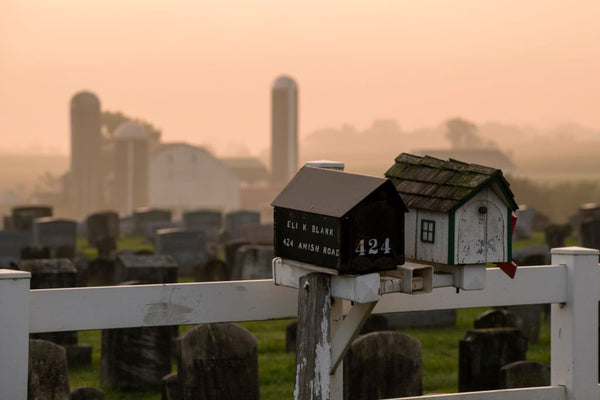Understanding Amish Views on Life and Death
The Amish have unique perspectives on life and death, shaped by faith, community, and tradition. For them, life is a gift from God, and death is a natural part of God’s plan. These beliefs guide how they live, care for family, and face the end of life with acceptance and faith.
Life as a Sacred Gift
The Amish view life as sacred. Every individual is a blessing, and each day is an opportunity to honor God. From childhood, members are taught gratitude, humility, and respect for all living things.
Work, family, and community service are not just duties—they are ways to live purposefully and fulfill God’s plan. This outlook encourages simple living, cooperation, and a focus on meaningful relationships.
Family and Community Support
Amish life revolves around family and community. When someone faces illness or hardship, neighbors and relatives provide care and assistance. This strong support network reflects their belief that life is communal and that God’s presence is experienced through caring for one another.
Community involvement strengthens faith and ensures no member faces challenges alone.
Acceptance of Mortality
Death is seen as a natural transition rather than something to fear. The Amish accept mortality with calmness and faith, believing that life continues in a spiritual sense after death.
This acceptance shapes how they handle illness and aging. Instead of pursuing extreme medical interventions, many Amish prefer natural or community-supported care, trusting God’s will. This perspective brings peace to both the dying and their families.
Simple Funerals and Burial Practices
Amish funerals reflect humility and respect. Services are simple, focusing on Scripture readings, hymns, and prayers. There are no extravagant displays, and personal eulogies often emphasize faith and community service.
Burials typically take place in plain graves within church-owned cemeteries. Tombstones are modest, avoiding elaborate decorations. This simplicity reinforces their belief in equality in life and death and the idea that earthly possessions have little value in the afterlife.
Spiritual Preparation for Death
Amish members prepare spiritually for death through prayer, repentance, and obedience to church teachings.
Adults demonstrate this commitment through baptism, which signifies their decision to follow Christ and live according to the Ordnung. Daily prayer, work, and community service also reflect their dedication to spiritual readiness.
The Role of Faith in Grief
Faith plays a central role in coping with loss. The Amish rely on Scripture, hymn singing, and church support to process grief. Mourning is shared collectively, and neighbors help with meals, chores, and emotional support.
This shared approach provides comfort, strengthens bonds, and reminds members that life and death are part of a divine plan.

Lessons for Daily Life
The Amish perspective on life and death influences daily behavior. They value humility, service, and simplicity. They focus on relationships, community well-being, and spiritual growth rather than material success or worldly recognition.
This mindset encourages mindfulness and gratitude. By recognizing life as a sacred gift, they live with purpose and care for others. The inevitability of death teaches them to cherish every moment and invest in what truly matters.
Conclusion
The Amish view life and death as deeply spiritual and interconnected.
Through simple living, strong family bonds, and spiritual preparation, the Amish demonstrate a calm acceptance of mortality. Their approach reminds us that life’s value lies not in possessions or status but in faith, community, and meaningful action.



